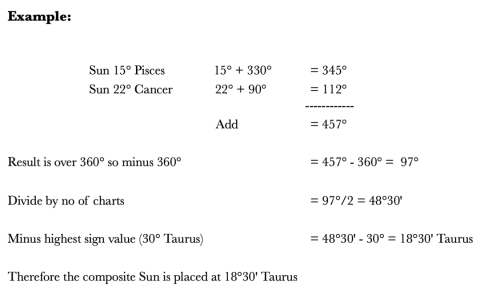Okay, so I’ve been diving deep into composite charts lately, and let me tell you, the Sun trine Pluto aspect is a whole other level. I really wanted to see how this played out, not just in theory, but in a real-life relationship, so I started by grabbing the charts of my friend, Sarah, and her boyfriend, Mark.

First, I cast their individual birth charts. You know, the usual – birth date, time, and place. Got all that info plugged in and bam, two natal charts ready to go.
The Mixing Begins
Then came the “composite” part. It’s basically like blending their charts together. I calculated the midpoints between their planets. Like, I found the halfway point between Sarah’s Sun and Mark’s Sun, and did that for all their other planets too. It’s a bit tedious, sure, but it builds up the new “relationship” chart.
- Sun midpoint: This is kinda the core energy of their relationship.
- Moon midpoint:This is all about emotional connection and how they nuture each other.
- And so on for Mercury, Venus, Mars, etc.
Spotting the Trine
Once I had the composite chart all laid out, I started looking for aspects. And there it was, clear as day: a Sun trine Pluto. It was within a pretty tight orb too, which means it’s strong.
My Notes
I jotted down all my initial thoughts.This aspect suggests a deep, transformative connection between these two. It’s not just surface-level stuff. It’s like, they have the potential to really help each other grow and evolve, maybe even confront some hidden or buried issues.
It also suggests intensity. Not necessary a bad kind. It can be passionate and empowering.
Checking the Vibe
Finally, I talked to Sarah (with her permission, of course!).I wanted to hear how their relationship felt to her, without leading her too much. And wow, she actually described a lot of what I expected. She talked about how Mark challenges her in a good way, how they’re both really committed to personal growth, and how there’s a powerful magnetic pull between them.
So, yeah, seeing this Sun trine Pluto aspect in action, in a real composite chart, and then hearing about the lived experience… it was pretty cool. It confirmed a lot of what I’d been reading and definitely made me want to explore composite charts even more!








